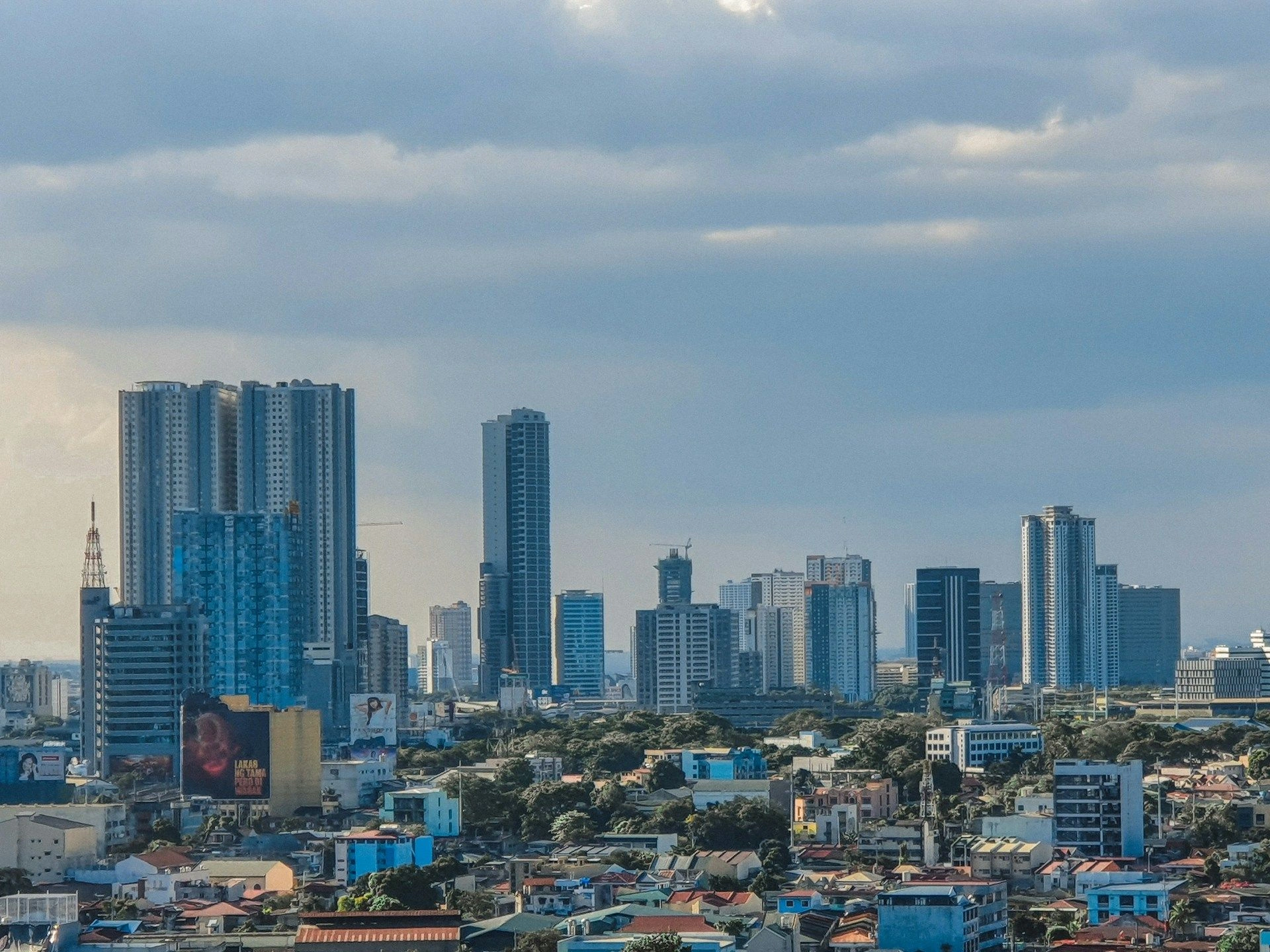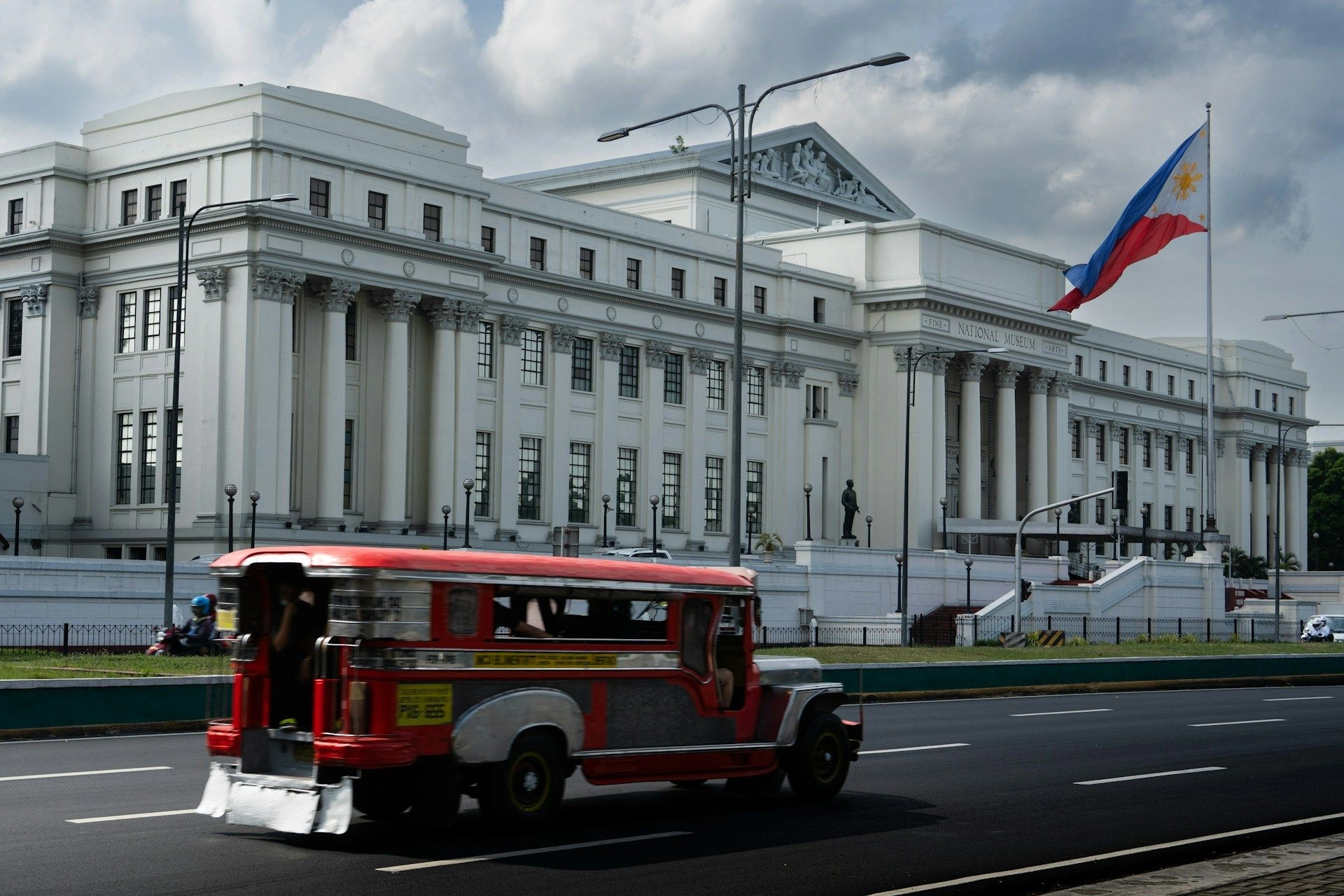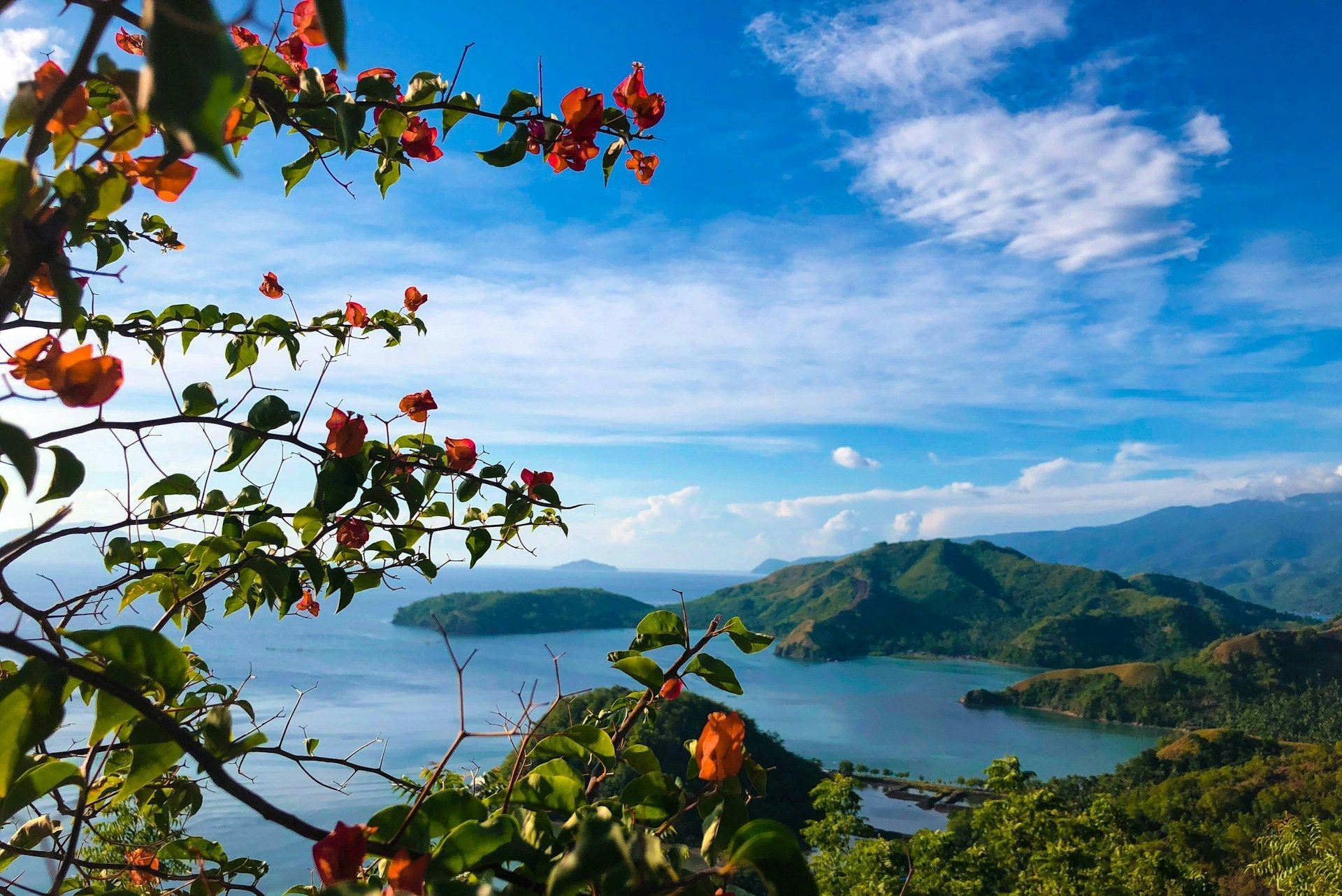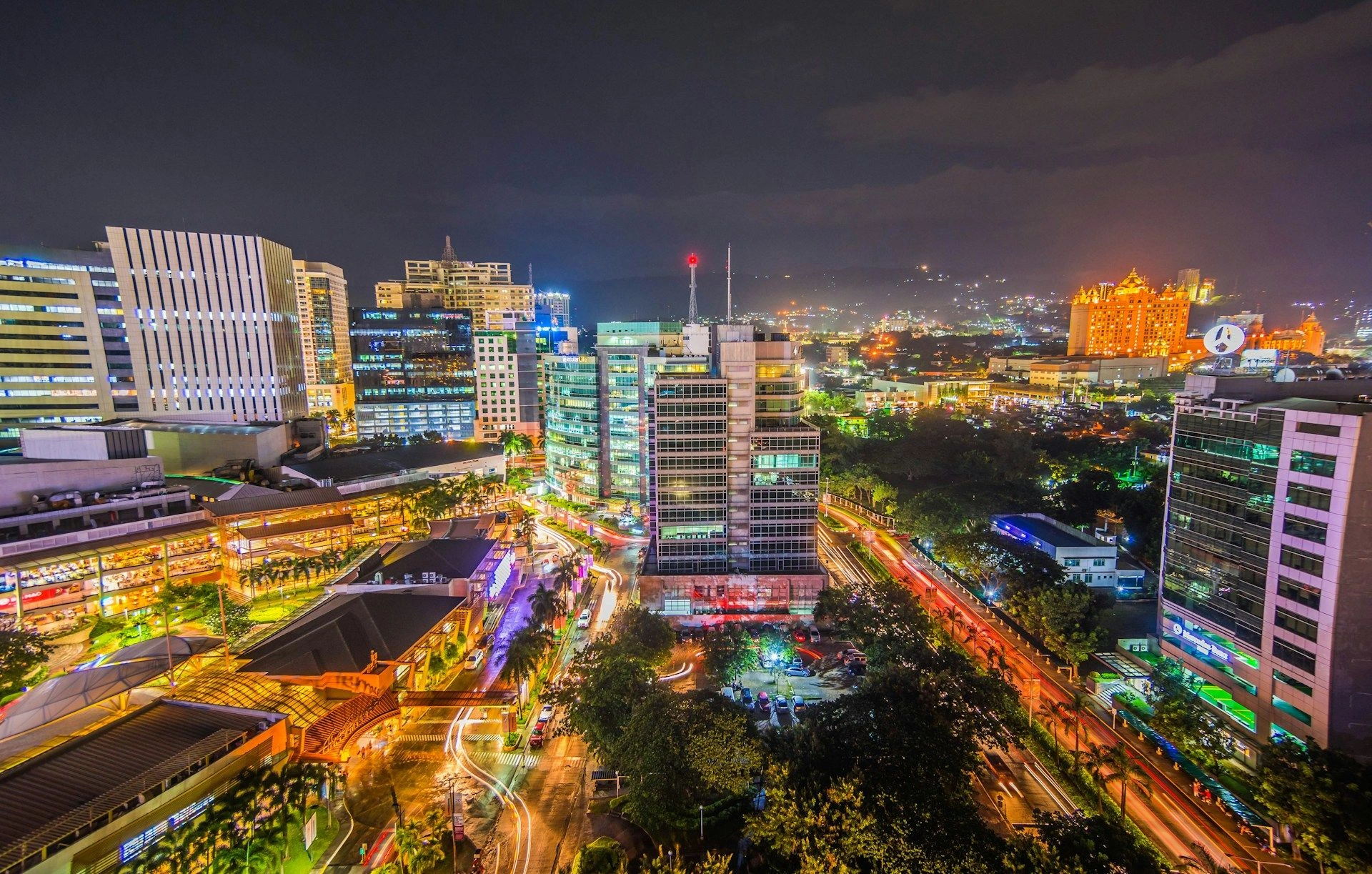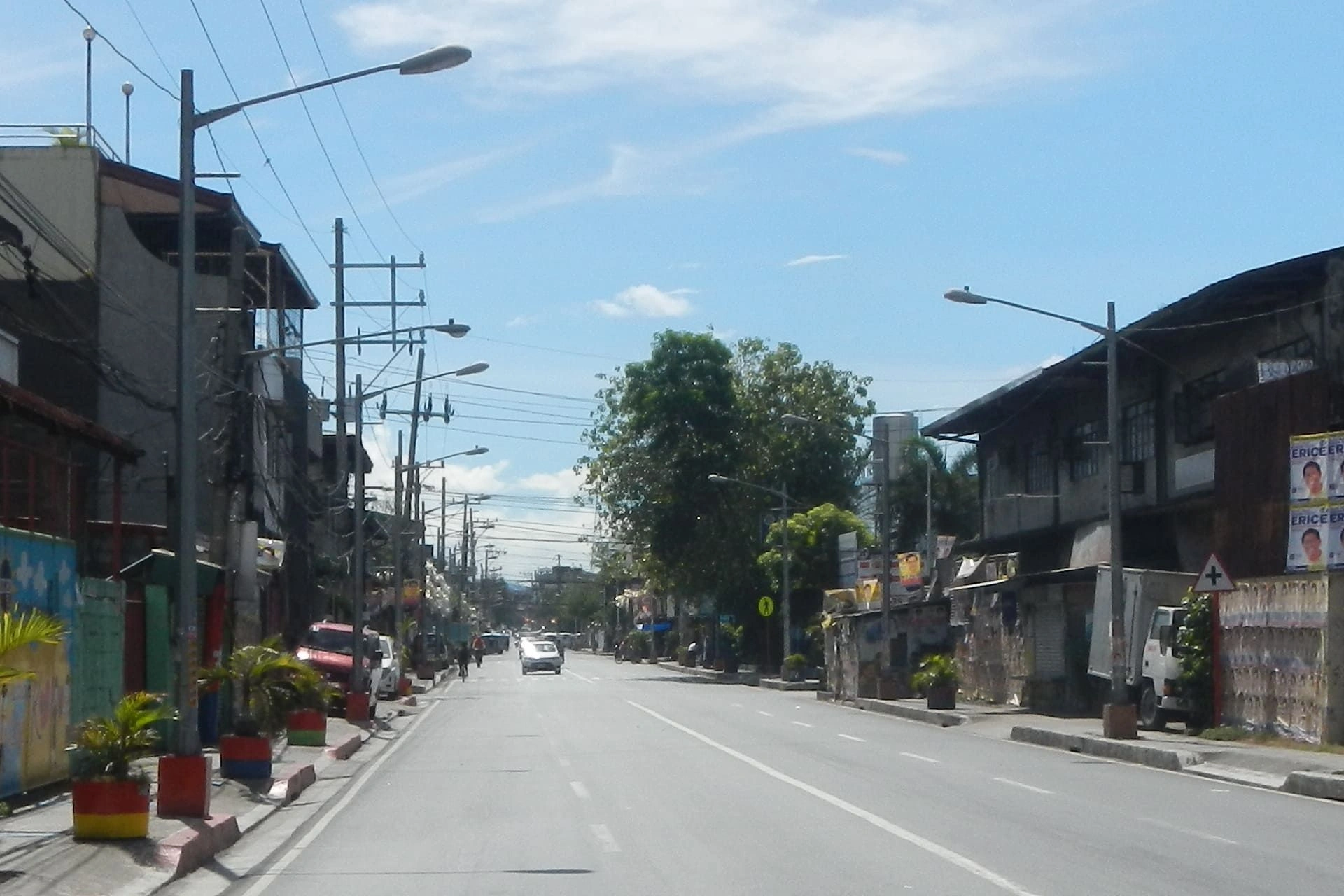Philippines Investor Visa: Residency & Citizenship PathwaysStrategic gateway to Asia withaffordable, vibrant opportunities

Popular
cities and regions in Philippines
Advantages of residence
permit in Philippines
Affordable Residency Options
Flexible visa schemes—Special Resident Retiree Visa and investment programs—offer low costs, minimal income requirements, and straightforward renewals for long-term stays.
Cultural & Natural Diversity
Residents explore pristine beaches, UNESCO heritage sites, and 7,000+ islands, enjoying rich festivals, warm communities, and varied climates year-round.
Business & Investment Incentives
Low corporate taxes, special economic zones, and incentives for foreign investors foster opportunities in fintech, tourism, agribusiness, and renewable energy.
Affordable Residency Options
Flexible visa schemes—Special Resident Retiree Visa and investment programs—offer low costs, minimal income requirements, and straightforward renewals for long-term stays.
Cultural & Natural Diversity
Residents explore pristine beaches, UNESCO heritage sites, and 7,000+ islands, enjoying rich festivals, warm communities, and varied climates year-round.
Business & Investment Incentives
Low corporate taxes, special economic zones, and incentives for foreign investors foster opportunities in fintech, tourism, agribusiness, and renewable energy.
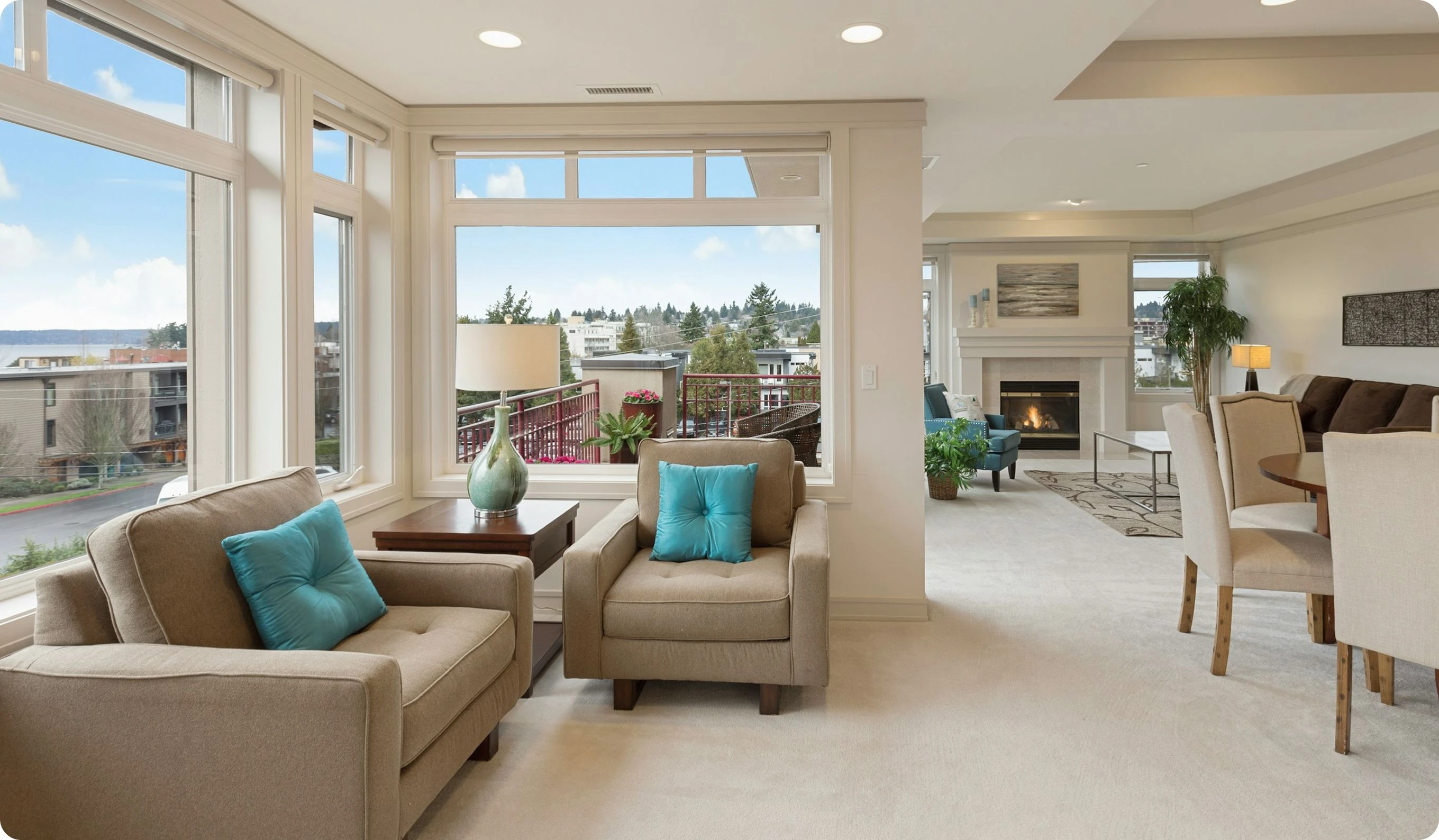
Useful articles
and recommendations from experts
All
Popular
Global Transactions
Philippines
Pay for Property in the Philippines from Abroad — Clean USD/PHP Wires
Verified details, short references and cut-off timing for calm closings
21.08.2025

All
Popular
Global Transactions
Philippines
Philippines Money Transfers 2025 — SWIFT USD/EUR→PHP, Fees & Cut-Offs
Name-match rules, bank/branch codes, smart FX and early submissions
21.08.2025

All
Legal & Regulatory Insights
Investment
Philippines
Philippines Real Estate 2025: Foreign Ownership, Property Laws & Best Places to Invest
Investing in Philippine Property: What Foreigners Can Buy and Where in 2025
25.02.2025

All
Real Estate News & Trends
Global Market Guides
Philippines
Manila Surpasses Dubai in Luxury Real Estate Price Surge: Unraveling the Shift
Manila Surpasses Dubai in Luxury Real Estate Price Surge: Unraveling the Shift
29.11.2023

Residence and Citizenship in the Philippines
Why people seek residence and citizenship in the Philippines
The Philippines serves as a strategic gateway to Southeast Asia, attracting individuals seeking a residence permit in the Philippines and ultimately citizenship by investment in the Philippines. Over 7,000 islands offer unparalleled natural beauty—pristine beaches of Palawan, vibrant coral reefs of Cebu, and lush rice terraces of Banaue—while a rapidly growing economy diversifies beyond traditional sectors. Low cost of living, affordable property prices, and a welcoming English-speaking population make it ideal for retirees, digital nomads, and families alike. Additionally, the country’s economic reforms and regional trade agreements, including RCEP, foster thriving industries in fintech, BPO services, renewable energy, and agribusiness. For those planning how to get a Philippines visa, multiple long-stay and investment-based pathways—such as the Special Resident Retiree Visa (SRRV) and the newly introduced Residence Visa for Investors—provide clear routes to permanent residence in the Philippines and eventually a second passport in the Philippines.
Types of residence permits and citizenship programs
The Philippines offers various visa and residency schemes tailored to different profiles:
- Special Resident Retiree Visa (SRRV): Applicants aged 35+ invest $10,000–$50,000 in government bonds or deposits, enjoy multiple-entry privileges, exemption from exit clearances, and can work or start businesses under special conditions.
- Residence Visa for Investors: Foreign investors committing at least $75,000 in approved enterprises or government securities secure a renewable investor visa, leading toward permanent residence Philippines after five years of continuous compliance.
- Special Investor’s Resident Visa (SIRV): With $200,000+ investments in approved projects—REITs, mixed-use developments, or PE-funded startups—holders gain indefinite stay rights, work privileges, and eligibility for naturalization after seven years.
- Work Visas (9(g), 9(d)): Professionals and dependents enter via employment or prearranged teaching contracts, with employers sponsoring 9(g) visas; 9(d) visas cater to performing artists, athletes, and trainees.
- Family-Based and Humanitarian Visas: Immediate relatives of Filipino citizens or permanent residents qualify for domestic visa classifications, while refugee and special humanitarian concern statuses follow global protocols.
Each pathway—from investor visas to Philippines golden visa schemes—serves as a stepping stone toward naturalization and the benefits of a Philippine passport.
Requirements and application process
Securing a residence permit in the Philippines involves the following general steps:
- Document preparation: Compile authenticated passports, police clearances, medical examinations, proof of funds/investments, and sponsor certifications (for work or family visas).
- Application submission: File with the Philippine Retirement Authority (for SRRV), Bureau of Immigration (for investor and work visas), or Department of Foreign Affairs (for family and humanitarian visas).
- Pay fees: Cover processing, visa issuance, and annual maintenance charges—often ranging from $1,000 to $2,500, depending on visa type and service level.
- Biometrics and interview: Attend in-country or consular biometric appointments; investor-visa applicants may be invited for background interviews to verify investment legitimacy.
- Visa issuance and monitoring: Upon approval, receive an alien registration ID (ACR I-Card) and coordinate annual visa renewals or maintain investment thresholds to retain compliance.
- Path to naturalization: After five to ten years of lawful residence—depending on program—submit a petition for naturalization with proof of residency, good moral character, economic contribution, and basic Filipino language proficiency.
Forthright communication with immigration authorities and guidance from experienced advisors streamline the process from initial application to eventual citizenship.
Legal framework and government policies
Immigration and naturalization in the Philippines are governed by:
- Philippine Immigration Act (RA 613): Defines nonimmigrant and immigrant visa categories, admission and removal procedures, and penalties for violations.
- Bureau of Immigration Regulations: Implements Act provisions through Board resolutions and BI Memoranda, detailing investment thresholds, visa classifications, and renewal criteria.
- Republic Act 9208 (Anti-Trafficking in Persons): Provides humanitarian pathways and protective measures for victims, integrating global refugee protocols.
- Philippine Retirement Authority Charter: Establishes SRRV rules, investment requirements, and retirement benefits, administered jointly by PRA and BI.
- Investment Promotion Agencies: Agencies such as the Board of Investments and the Philippine Economic Zone Authority provide incentives, tax holidays, and streamlined permits for foreign investors.
These overlapping frameworks ensure that applicants pursuing a residence permit in the Philippines or exploring citizenship by investment in the Philippines operate within clear, regulated channels.
Lifestyle, mobility, and long-term benefits
Permanent residents and citizens in the Philippines enjoy:
- Quality of life: World-class beaches (Boracay, El Nido), cosmopolitan cities (Manila, Cebu), and emerging wellness destinations (Baguio, Davao) at affordable costs—20–30% below regional averages.
- Healthcare access: Accredited tertiary hospitals in Metro Manila and progressive telemedicine networks expanding care to major islands.
- Education and culture: International schools, English-medium universities, and cultural festivals—Sinulog, Ati-Atihan, Kadayawan—foster vibrant community engagement.
- Mobility: A visafree ASEAN passport for Filipino citizens and domestic air connector services enable inter-island travel; PR holders may sponsor dependents and petition for family reunification.
- Economic participation: Right to work, own property (freehold in certain zones), and access local credit facilities; citizenship grants voting rights and government benefits.
- Global opportunity: A Philippine passport ranks among ASEAN’s strongest—visa-free or visa-on-arrival entry to 60+ countries—enhancing mobility for business and leisure.
These benefits—residence permit in the Philippines, how to get Philippines visa, permanent residence Philippines, and second passport in Philippines—combine to create an attractive, sustainable environment for long-term settlement.
How VelesClub International helps
VelesClub International provides end-to-end support for clients pursuing residence and citizenship in the Philippines:
- Strategic program selection: We match your profile—retiree, investor, professional, or family—with the optimal visa category (SRRV, SIRV, investor’s visa, work or family visas).
- Document coordination: Our experts handle authentication, translation, and timely submission of all Philippine Bureau of Immigration, PRA, and DFA requirements.
- Investment facilitation: We liaise with accredited developers, regional centers, and government agencies to structure compliant investments that maintain visa eligibility.
- Legal and compliance guidance: We ensure ongoing adherence to visa conditions, orchestrate annual renewals, and prepare naturalization petitions when eligibility arises.
- Relocation and integration: From housing and schooling to banking and healthcare orientation, we provide concierge-level services to ensure a smooth transition into Philippine life.
With deep expertise in Philippine immigration law, strong local partnerships, and a tailored approach, VelesClub International ensures your journey from a residence permit in the Philippines to full citizenship is efficient, compliant, and aligned with your long-term aspirations.
